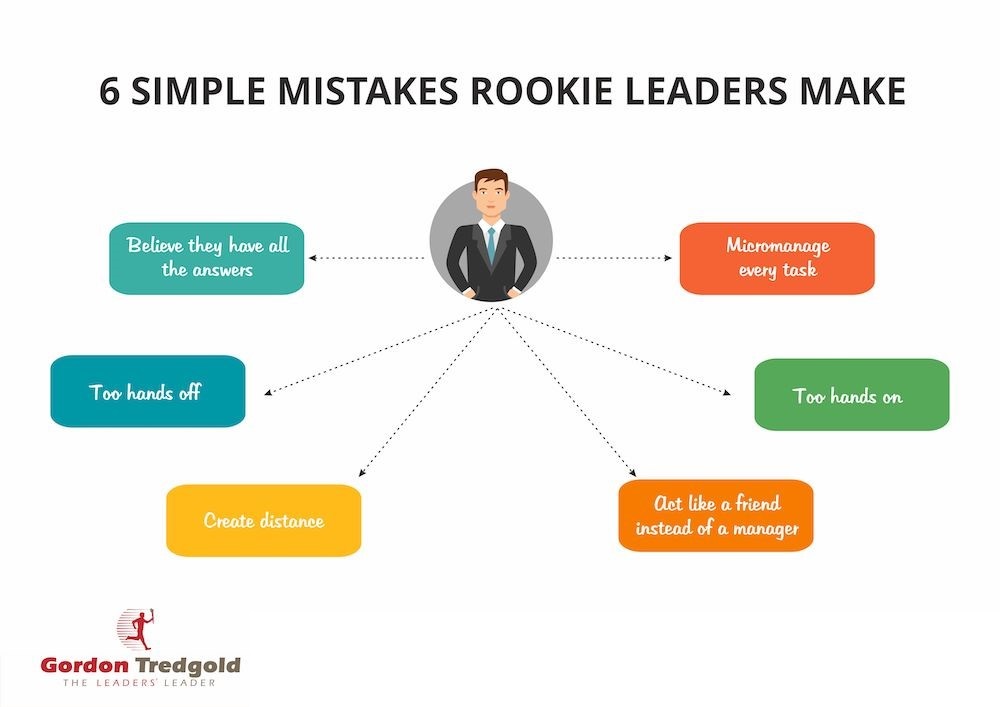
7 Common Leadership Development Mistakes You Need To Steer Clear From
Leadership development is crucial for organizations aiming to thrive in a competitive and rapidly changing world. Effective leadership can inspire and guide teams to achieve their full potential, drive innovation, and foster a positive work culture. However, despite its significance, leadership development programs often fall short due to common mistakes that hinder their effectiveness. In this essay, we will explore six of these common mistakes and discuss strategies to overcome them.
What Are Some Of The Biggest Leadership Mistakes You Need To Avoid

If you are trying to gain fruitful results from your leadership development program, here are some mistakes you should avoid doing:
- Neglecting Self-Awareness
One of the most fundamental aspects of leadership development is self-awareness. Leaders must have a deep understanding of themselves, their strengths, weaknesses, values, and beliefs. Unfortunately, many leadership development programs overlook this critical element. Without self-awareness, leaders may struggle to relate to their teams, make sound decisions, or adapt to new challenges.
To address this mistake, leadership development programs should include assessments, such as personality tests and 360-degree feedback, to help leaders gain insights into their behavior and its impact on others. Encouraging regular reflection and self-assessment can also promote self-awareness.
- Overlooking Soft Skills
While technical skills and industry knowledge are essential, leadership is about more than just expertise. Soft skills like communication, emotional intelligence, and conflict resolution are equally important for effective leadership. Yet, many leadership development initiatives focus primarily on hard skills.
To rectify this mistake, leadership programs should incorporate soft skills training, emphasizing effective communication, empathy, active listening, and conflict resolution. Role-playing exercises and real-life scenarios can help leaders develop and practice these crucial abilities.
Hey, do you follow us on Social Media? We regularly share upgraded educational content, tips, feedback and more. Check us out by clicking the profiles here - Facebook / Twitter / LinkedIn / Pinterest / Instagram / YouTube
- Ignoring Inclusivity and Diversity
In an increasingly diverse world, leaders must understand and embrace differences in culture, background, and perspectives. Failing to address inclusivity and diversity issues in leadership development can lead to biased decision-making and hinder collaboration.
To overcome this trainers should integrate diversity and inclusion training, fostering an inclusive mindset and helping leaders recognize and mitigate biases. Encouraging diverse leadership teams and mentorship programs can also promote inclusivity.
- Neglecting Continuous Learning
Leadership is an evolving field, with new challenges arising regularly. Many leadership development programs are static, providing knowledge that becomes outdated quickly. Leaders need ongoing learning and development to adapt to changing circumstances.
To combat this mistake, organizations should promote a culture of continuous learning. Encourage leaders to seek out new experiences, engage in peer learning, attend workshops and conferences, and stay updated on industry trends.
- Lack of Accountability
Leadership development can be a long-term endeavor, and progress may be slow. A common mistake is failing to hold leaders accountable for their development. Without accountability, leaders may not take their development seriously.
The solution to this issue is that organizations should establish clear goals, milestones, and regular check-ins to track progress. Providing mentors or coaches to guide and support leaders can also enhance accountability.
- Neglecting Succession Planning
Leadership development should not be limited to the current leadership team. Failing to plan for succession can leave an organization vulnerable in times of change or crisis. Without a pipeline of capable leaders, an organization may struggle to thrive in the long run.
To solve this issue leadership development programs should include succession planning as a core component. Identify high-potential individuals and provide them with tailored development opportunities. Encourage cross-functional experiences to broaden their skill sets.
- Not Offering Ongoing Support
Another common mistake that organizations often end up making is assuming that once the training session is over, the leaders are ready. This is not true as after the training session it is now time to implement the learning. This process takes time as there is a lot of trial and error involved.
To rectify this, organizations should implement a post-program or follow-up system for support. They should encourage leaders to set personal development goals and track their progress. Organizations should also offer online resources for continuous learning.
Support Your Leaders For a Better Future
Leadership development is a continuous journey that requires careful planning and execution. Avoiding common mistakes is essential to ensure that leaders are well-prepared to navigate today's complex business landscape.
As learning and development trainers who have undergone a Master of Arts in Education Learning & Development, you should prepare the road to success for your upcoming generation. Understand that your company's goals and objectives are unique and personalize your learning development program accordingly for better results.
We believe education should be accessible for everyone. That’s why we don’t charge for our blogs. Find the right course that will help you in your career with us, contact us at - +66-21055721. You can mail us at act@asiancollegeofteachers.com

